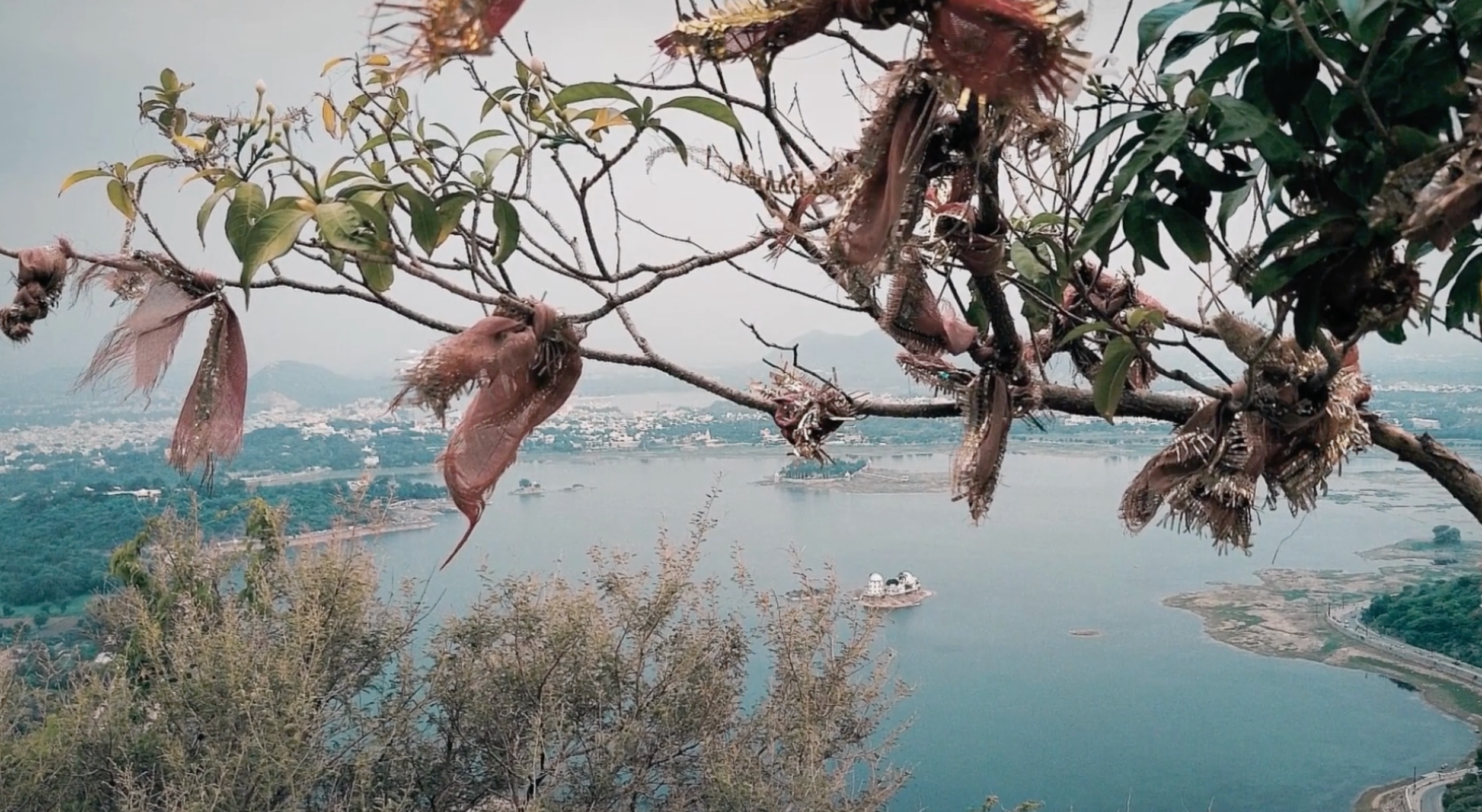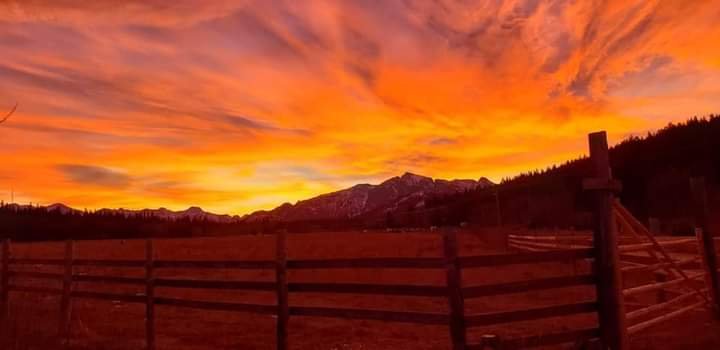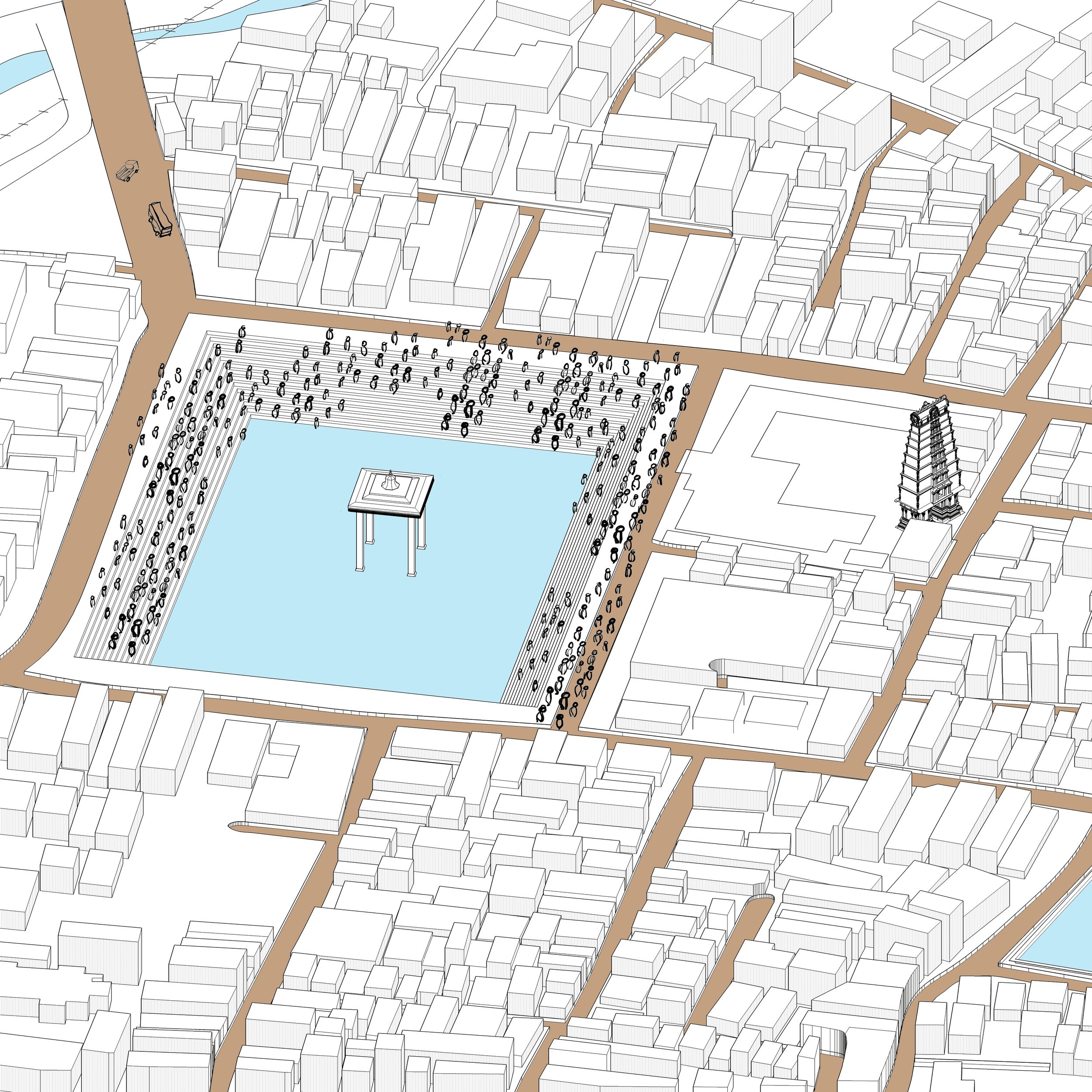
Prosperity Returned—Aaliyah Black Hawk
Looking at the everyday ritual of growing food and medicines as their grandmothers and grandfathers had once done, Aaliyah Black Hawk turns “ritual” into a proposal of prosperity.

A Door’s Poetry — Varssni Karthick
Varssni Karthick shares a personal story, describing her mother repainting the Kolam, a design painted on the threshold of the family’s front door. Describing the ritual performed for the Tamil New Year reveals the family’s connection with time and the auspicious nature of a front door.

Urban Water Bodies — Jananii Umapathy
Summer monsoons fill a lake system of five lakes in Udaipur. Jananii Umapathy reveals how the connection to water becomes a ritual for the community—people gather on the steps of one lake; some cycle the lake’s circumference; others climb a hill to catch a wider view. Music, food, conversation and silence co-exist.

Knowing History—Anastasia Pouchette
Anastasia Poucette writes about the recovery of the stories of the Indigenous peoples and the work that lays ahead with the continuation of Truth and Reconciliation. What this means for settlers and all that now call this place home is the ability to listen, to learn and to respect. Anastasia ends her piece with a call for many changes yet to come.

Re-Flourishing —Matthew Manyguns
Matthew Manyguns identifies addiction as an urgent problem in the built environment. His song, “Habitat”, addresses the challenge with a desire for mental well-being and mental health leading the Nation to flourish, once again.

Waterways Caretakers—Teresa Snow
In a beautiful and concise way, the author, MniThni Wiya (Cold Water Woman), reveals the depth of the connection to water and all living beings that results from the role of “caretaker of the waterways.” Describing the urgency of being at a crossroads (to either continue to protect and care for water or “have it eliminated”), the author reveals multiple layers of ritual, ceremony and traditional practice.

Folklore of Friendship —Fiona Evangeline
Two orthodox religious groups — the Muslims and the Brahmins (Hindu)—share a temple water tank at the Kapaleeshwarar temple, a temple built in the 17th century. Fiona Evangeline reveals how the diversity of the community is overlooked in the narrative of the temple, particularly as the temple receives UNESCO heritage status.
